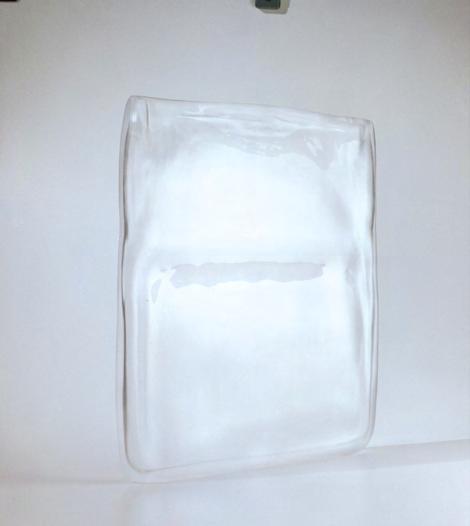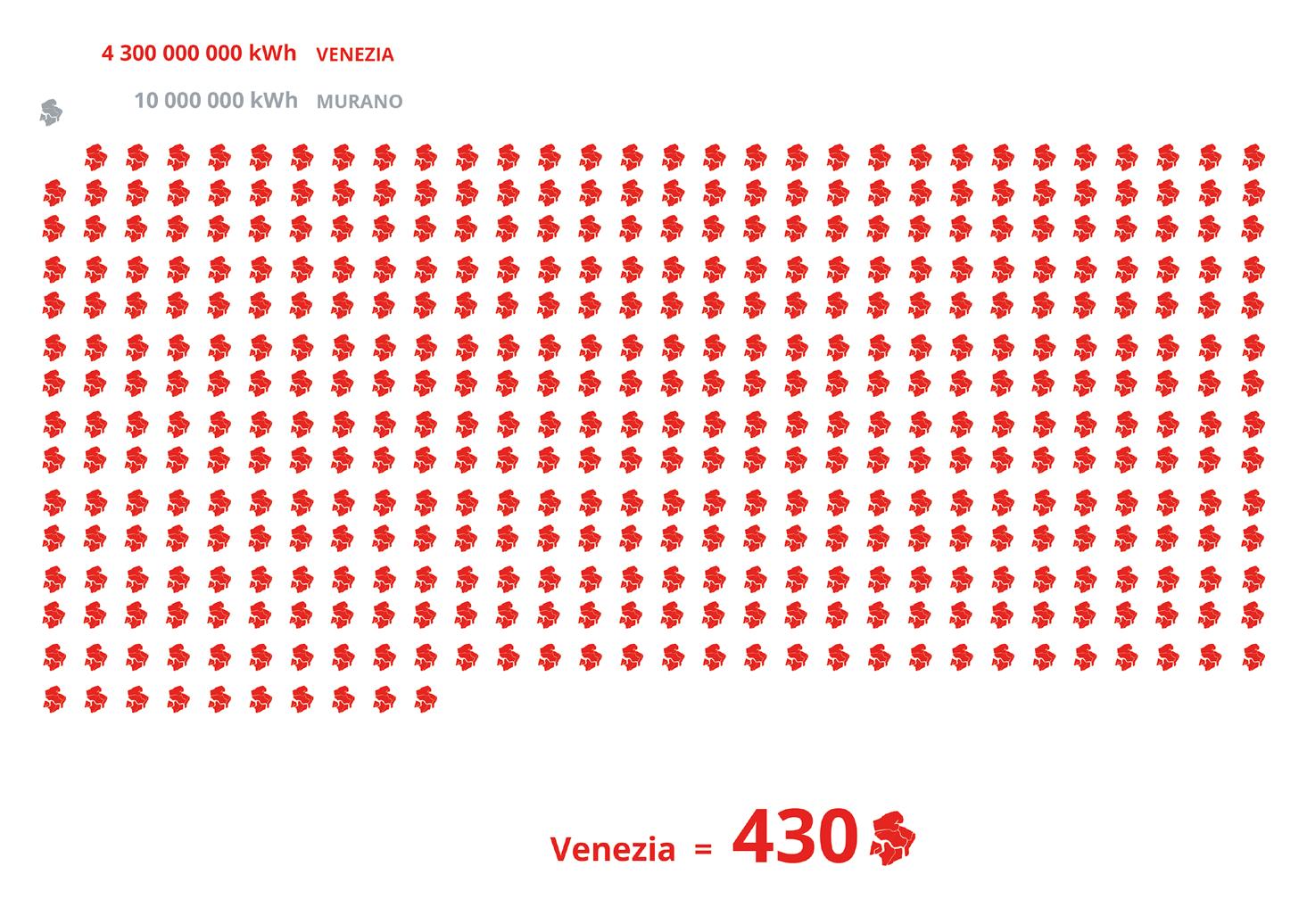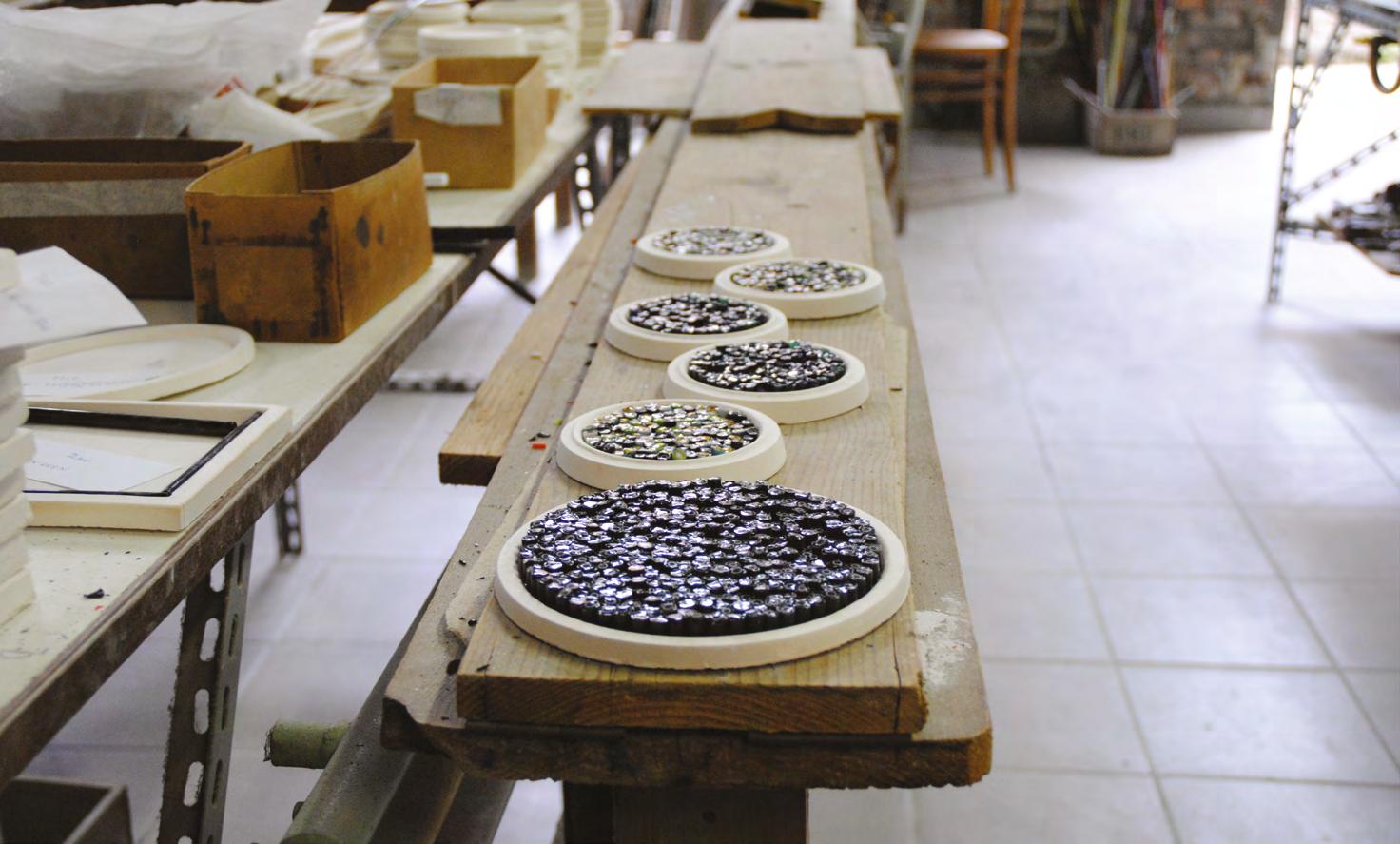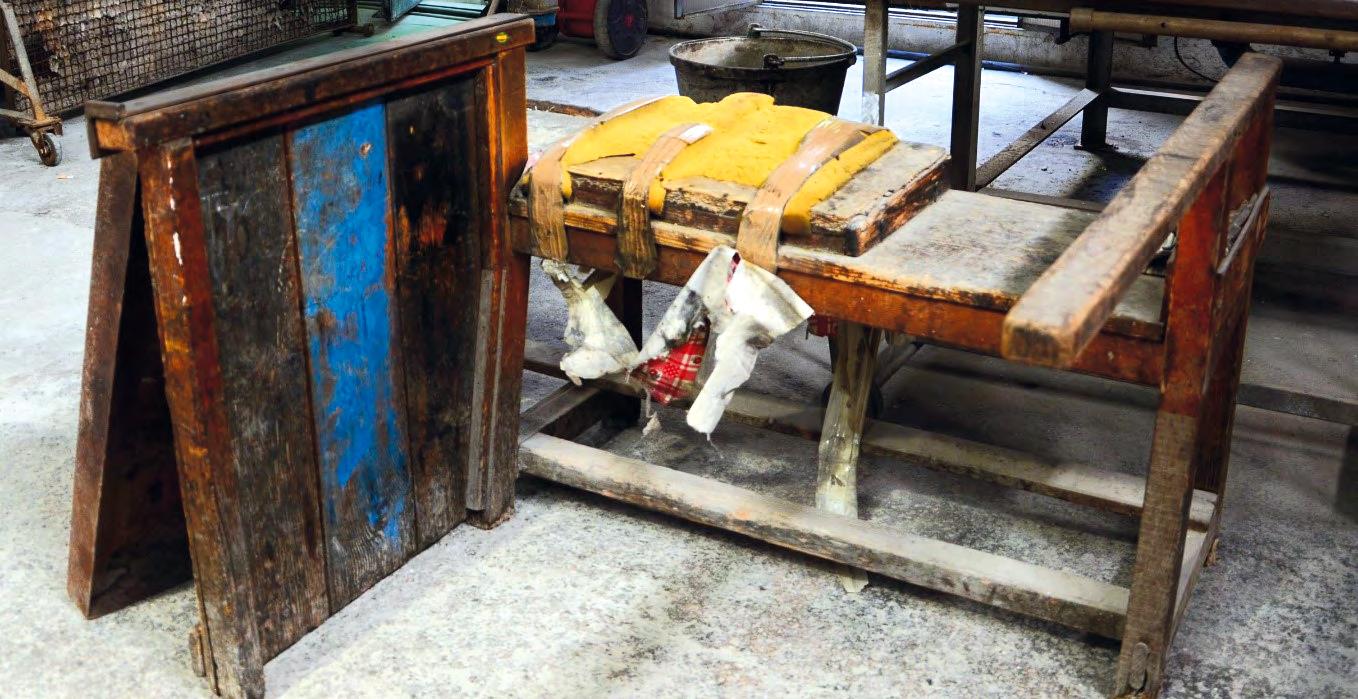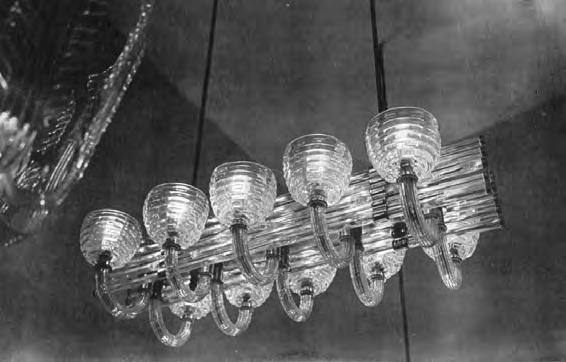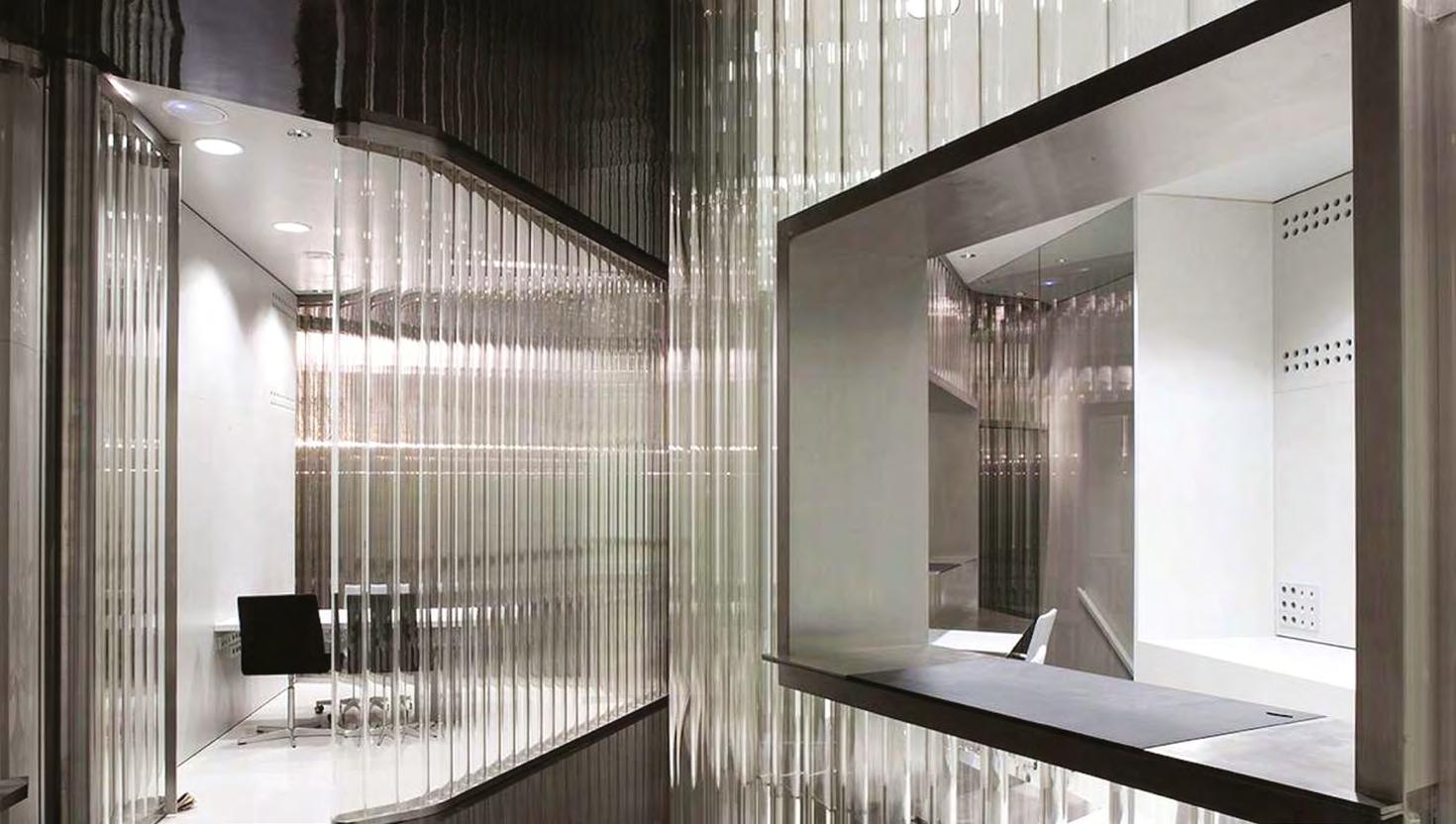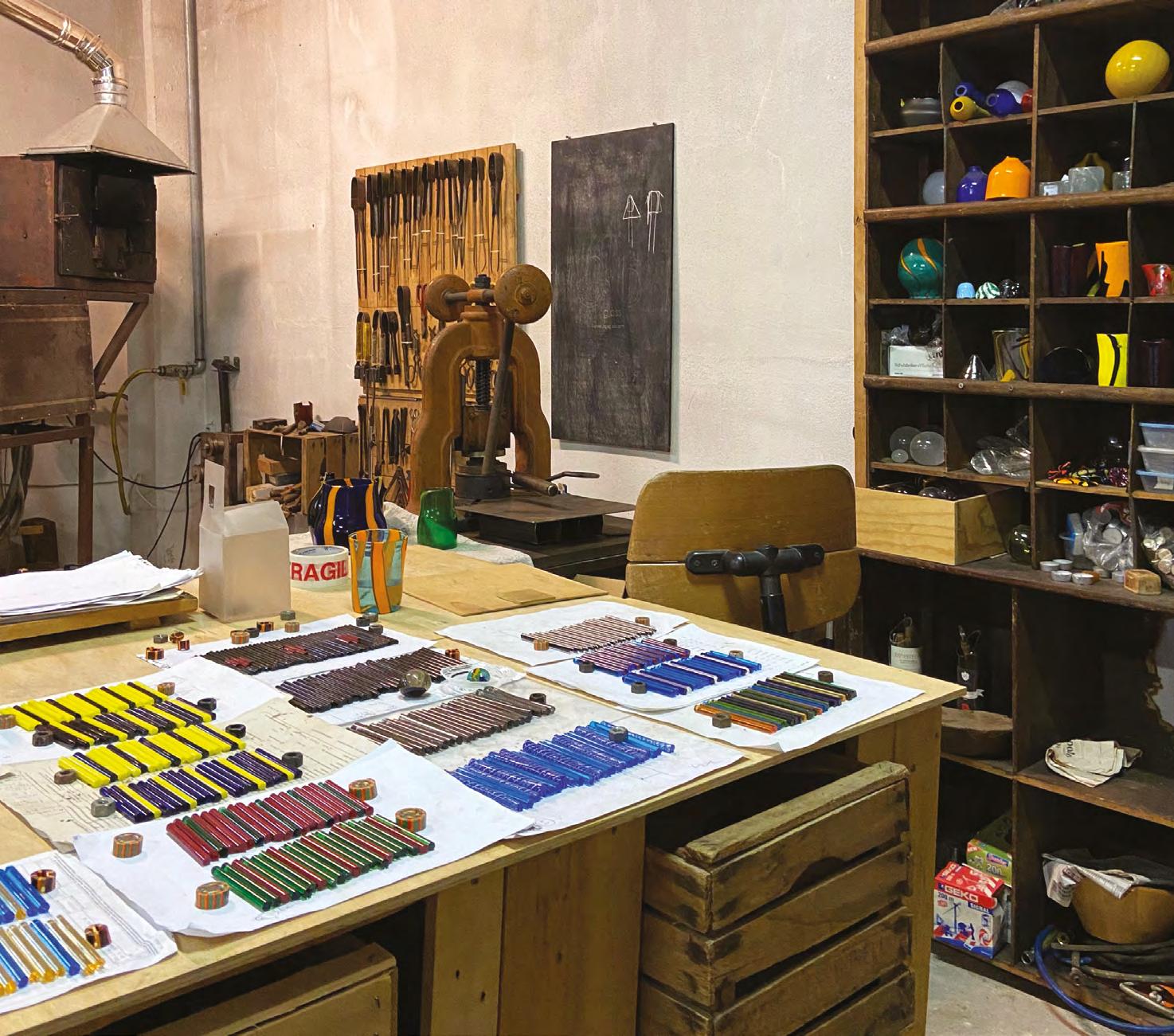
1 minute read
POSTER Physico-chemical and morphological characterization of inner surfaces of glass pharmaceutical vials
POSTER
POSTER ONLINE
Physico-chemical and morphological characterization of inner surfaces of glass pharmaceutical vials
GIOVANNA PINTORIA, SERENA PANIGHELLOB
KEYWORDS: BOROSILICATE GLASS, TOPOGRAPHY, GLASS TUBING
The chemical composition of the glass surface is influenced by various interactions which occur on the uppermost atomic layers. On the other hand, the surface properties of glass containers are greatly influenced by the forming process and they are not simply determined by the bulk composition. The investigation of elemental and phase composition of glass surfaces in dependence on their physical and chemical history is thus crucial to understand the reactions of glass surfaces with gases, solutions, coatings, and environmental media. In this study, X-ray photoelectron spectroscopy (XPS) and time-offlight secondary ion mass spectrometry (ToF-SIMS) are applied to investigate compositional changes on the inner surface of glass vials for pharmaceutical use. XPS was successfully applied for qualitative as well as for quantitative investigations. ToFSIMS provided information on the molecular composition of the topmost area of the inner surface of the containers, characterized by structures and inhomogeneities created during the vial forming process and observed by scanning electron microscopy (SEM) micrographs. The purpose of this study is to provide useful information needed to prevent or mitigate issues encountered in the production of containers for pharmaceutical use. The combination of topological and chemical information provides unique insights into surface processes, which can be used to reduce surface/ drug product interactions.
A Ca’ Foscari University of Venice, Venice, Italy. B Technology excellence center, Stevanato Group, Italy.

Fig. 01 SEM micrographs of the inner surface of (a) glass tubing, and (b) at 2.5 mm from vial bottom after the forming process. Courtesy of SG Technology Excellence Center Fig. 02 ToF-SIMS images of inner surface of wall near bottom of the vial after the forming process.

